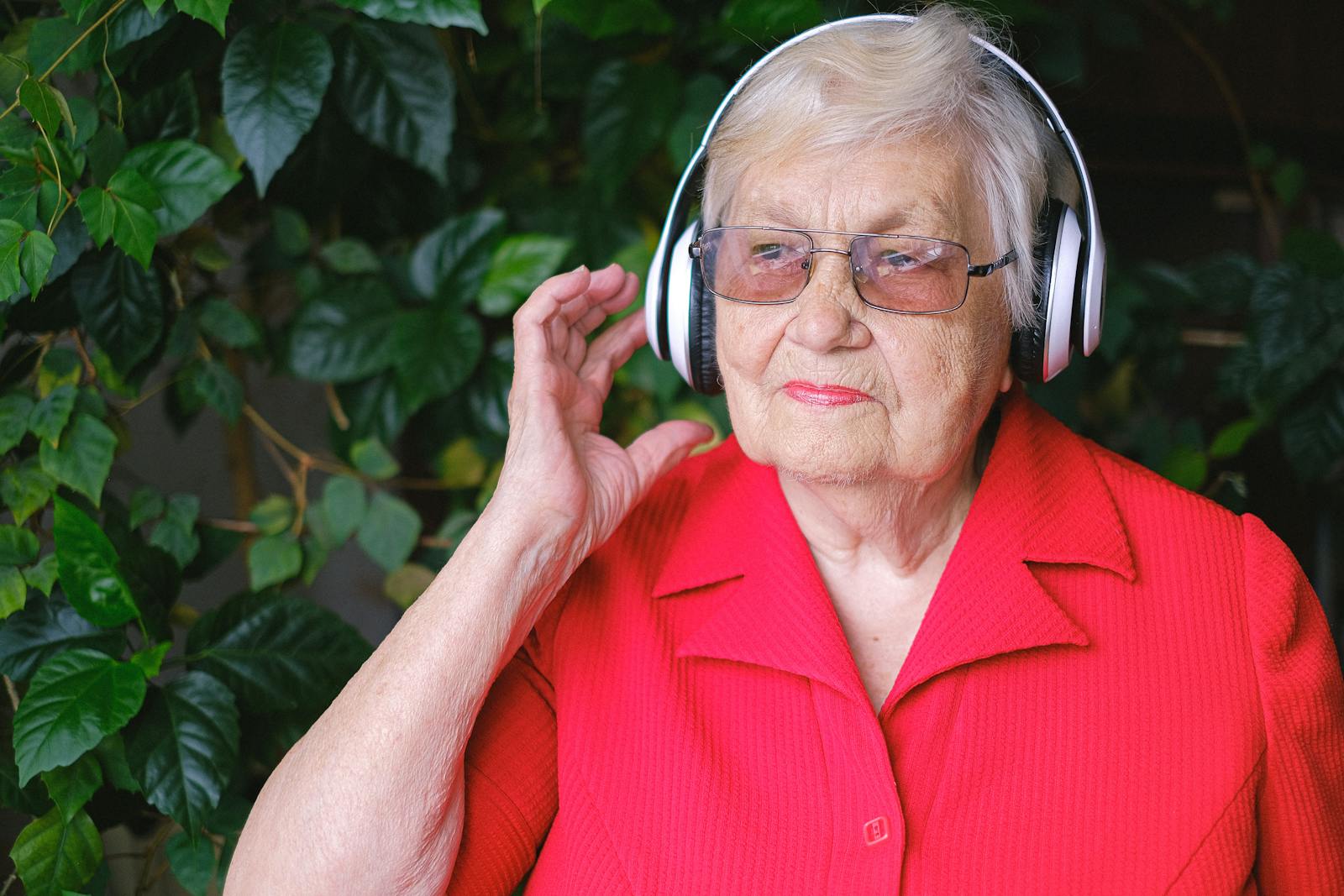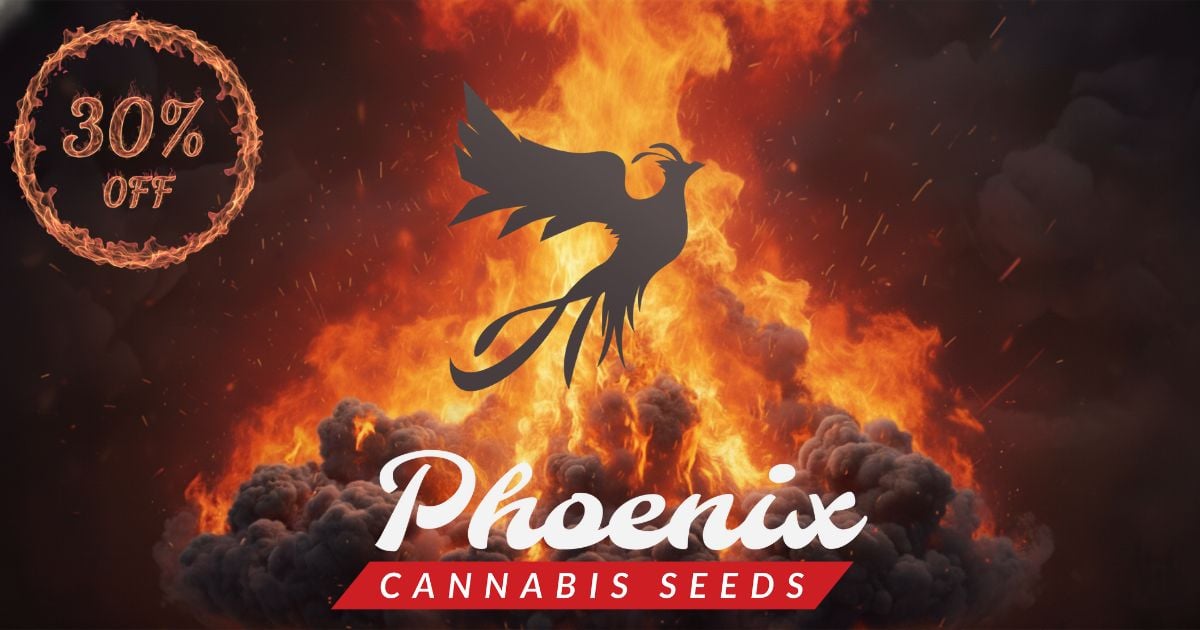CANNABIS CULTURE – India’s historical and cultural connection to poppy sourced remedies
In India, Medicinal use and potential for abuse have never been the critical factors in determining the law or societal acceptance of substances. Tradition and culture are more ingrained values that makes a substance “good” or “bad”.

Dhanvantari, an avatar of Vishnu, is the Hindu god associated with Ayurveda
Pure opium paste comes in several gradients, the most prized being a mountainous kind, where dealers allege the poppies are grown in an organic environment with access to much more soil nutrients. This ultimately makes a finer product, which users allege has a more stringent taste to it. Similar to cannabis, opium has been a part of traditional medicine in India. A plant indigenous to South East Europe and Asia, opium has been called as ‘a medicine with multiple medical properties’ since over a thousand years of recorded texts. Its primal uses have been labelled to balance the body heat, reduce diarrhea, and work as a powerful analgesic for pain. Today however, opium has been pushed to primarily be an old working man’s drug of choice, a substance taken at the first instance of the morning before a long arduous shift working a blue-collar job.
Traditional texts warn of its potential for addiction and its ability to make the mind wander and have nervous shakes, but a younger generation of white-collar workers in India still trust it to perform repetitive boring tasks.

In the Hindu side of traditional Indian medicine, known as Ayurveda, several options of medicines exist with the most famous being Kamini Vidrawan Ras. Traditionally composed of strongly fragrant herbs and spices such as betel leaves, sandalwood, nutmeg, clove, ginger, saffron and more depending on the brand, the primary active ingredient is purified opium paste. Each pill contains approximately 80 mg of pure opium, again variable on the brand. Cannabis as well, despite being illegal in India, can be sold in ayurvedic medicines in India.
According to Ayurveda, medicines are classified as cooling – or heat causing. Kamini being a heat causing medicine is traditionally prescribed to contain other cooling herbs which take it easy on the stomach– such as ginger and cloves, and is prescribed to be taken with milk or buttermilk, so that the fat aids in absorption. Street opium as well is traditionally consumed with a cup of steaming hot tea with lots of sugar, to counter the drowsing effects of opiates with the caffeine from the tea and the sugar to balance the instant blood glucose drop after consuming opiates. The younger generation today prefers downing a few pills with a can of RedBull or several cans of cola instead. The traditional medicines law is quite absurd in India. It not only pretty much allows any substance from lead to aluminium to cannabis to pass off as medicines, as long as traditional texts mention the same, but its availability is largely unregulated. Technically, medicines containing opium must be prescribed by a registered Ayurvedic doctor. The core reality is one can order them online from Amazon and several other leading e-commerce websites online – complete with applicable discount codes, no questions asked. There is no form of ID check, prescription check, or age verification. The delivery is like any other e-commerce product. Ayurvedic medicines are required to be manufactured under licensed manufacturing facilities only, but can be taken under “medical
supervision” which is a vague terminology compared to requiring medical prescription.

On the opposite side of the spectrum of Hindu traditional medicine is Muslim traditionalist medicines, called Unani. Unani medicines also include several products containing pure opium, primarily in a paste format with sweeteners and herbs. The most popular one is called Barshasha, a thick paste with floral herbal smells and an intolerably bitter taste of pure opium. The most popular brand even comes with its own little opium spoon right in the packaging!
Kamini is prescribed for sexual performance enhancement, everything from “thickening the semen”, delaying ejaculations to increased libido, nocturnal emissions and more. Barshasha claims to work for coughs, colds, chest pain, and generalized weakness. The claimed benefits for both schools of traditional medicine come from the analgesic effects of opium. India is the only country authorized by the United Nations Single Convention on Narcotic Drugs (1961) to produce gum opium. However, this production is strictly regulated for the medical industry, where raw opium paste is used to manufacture more refined opiates like codeine, morphine and more. Traditional medicines are able to bypass this law via extracting purified extracts of opium allegedly from poppy seeds – that are unregulated and are sold cheaply as regular household seasonings, similar to western nations using them as seasonings on bagels.
For the purpose of this article, 3 bottles were ordered online, ranging pricing of 450 INR (US$ 5.45) to 900 (US$ 11). If you ignore the directions on Kamini Vidrawan Ras’s bottle to crush pills before use, the concentration causes stomach cramps with a glass of milk. The taste is unbearably bitter, and one pills produces no profound effect stronger than an aspirin would. Increasing the dosage produces waves of euphoria followed by yawning, a sense of relaxation and instantaneous pain relief. Barshasha on the other hand is an acquired taste, and looks like a jar of herbal flavoured Vegemite. Despite high sugar content base, it is also overwhelmingly bitter, but palatable when dissolved in a cup of hot tea. Here, the effects are more profound because of a stronger opioid base.

Rampant across Punjabi music industry, hip hop songs brag about the protagonist doing so much opium everyday that it could power a lion. The real picture in the streets is grim . The drug has shifted from an old people and working man’s medicine to override his pain mechanisms to perform laborious jobs to simply overcome withdrawals and acute pains of quitting. A singular dose of Barshasha or Kamini causes noticeable constipation, a sign of opium ingestion. While total ban may not be a feasible solution for India, regulation might be a valuable option to consider, or at least deter the potential to buy straight off the internet at ease. Till that happens, more youth will be pretending to have erection problems and buying these alleged aphrodisiacs to have their morning cups of tea.
Original Article










